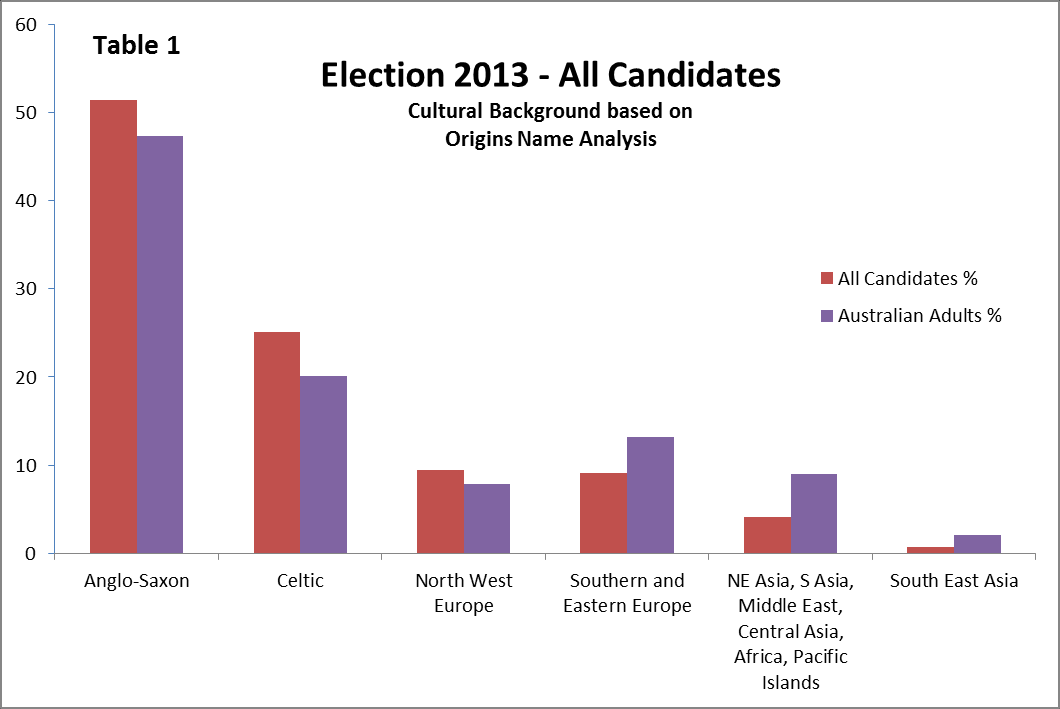The 2013 Election 2013: Who Will Represent Multicultural Australia?
We have heard much in the election campaign of the past weeks and months about who is best placed to provide leadership in taking Australia forward. Core issues have been defined as the economy, refugees, health, education, paid parental leave and the right to form a legal union with a partner of our choosing.
All of these policy areas have an impact across the spectrum of the Australian population, which, as confirmed by 2011 census data, reflects a range and depth of cultural diversity that is probably second only to the United States.
Diversity and inclusion are important themes for consideration in all aspects of policy and wider society. If our political, business and community leaders are to be truly representative of the electorates, customers and members they serve, then, at the very least, we would expect them to reflect the demographics of those constituents. Otherwise, we are saddled with paternalistic leadership and important voices are not heard.
Until recently, the diversity focus has been on gender, partly because it has displayed urgent and conspicuous gaps in opportunity and partly because it has been relatively easy to measure.
Now, attention is turning to the measurement of cultural diversity. It has become an increasingly important reporting dimension of censuses from the past twenty years and, more recently, tools such as Origins have made it possible to measure diversity at the individual level.
In this special research report, we summarise the findings of how name analysis reveals insight into our prospective political representatives in the 2013 federal election.
Key questions
- How well do the candidates for election reflect the multicultural population of Australia?
- How well do candidates within the major states reflect State-based voters?
- Are there any differences between candidates for the Senate and candidates for the House of Representatives?
- Which party has the candidates that best reflect Australia’s cultural mix?
